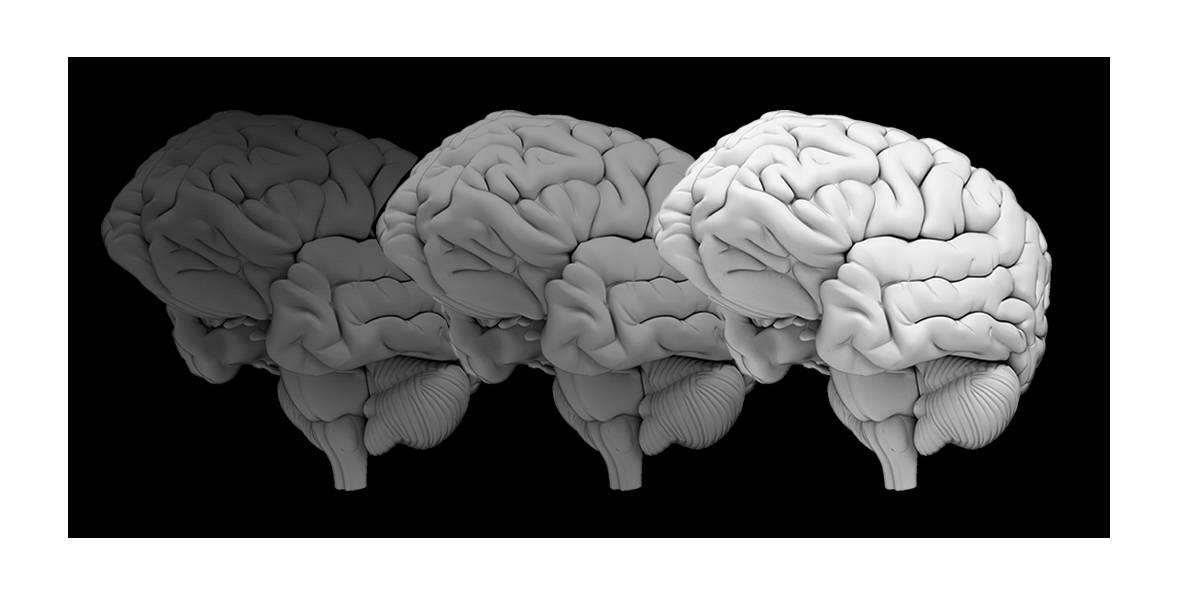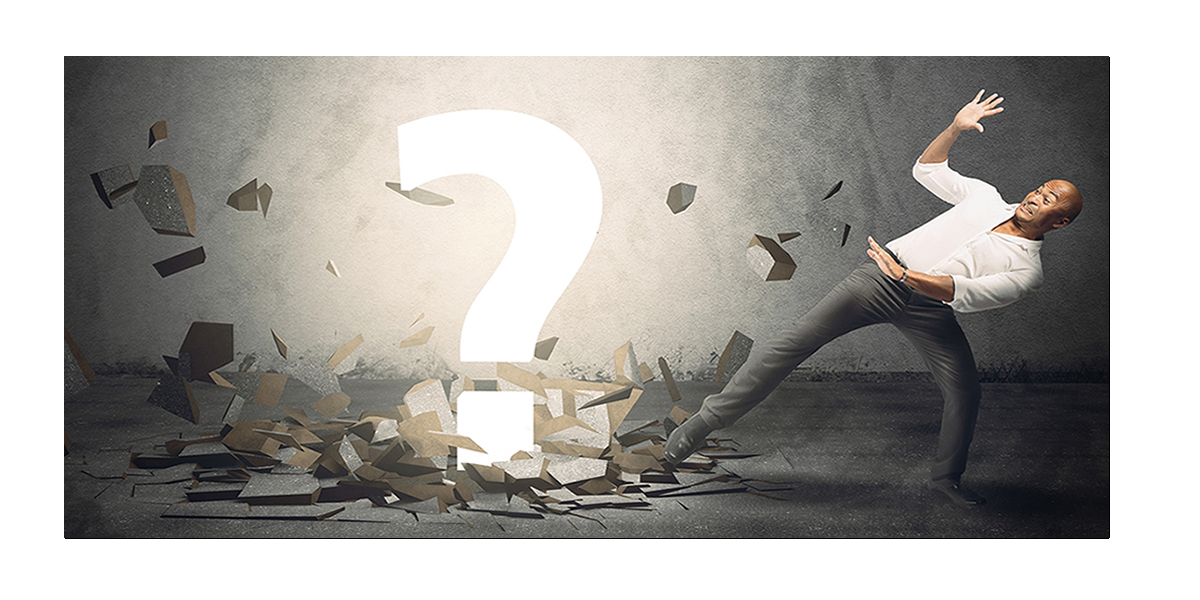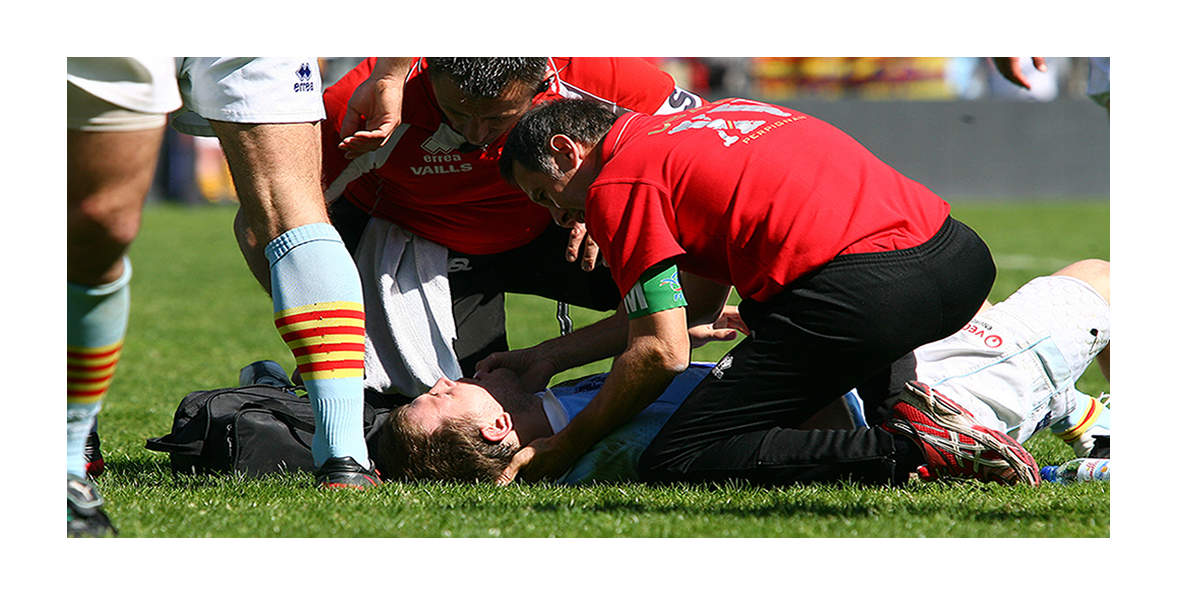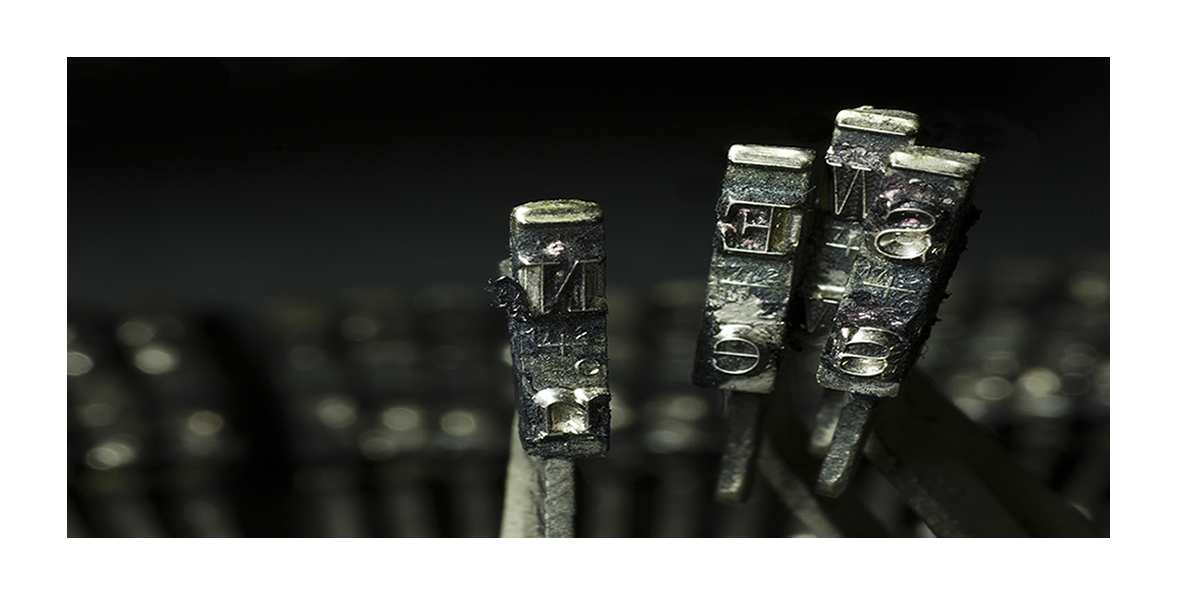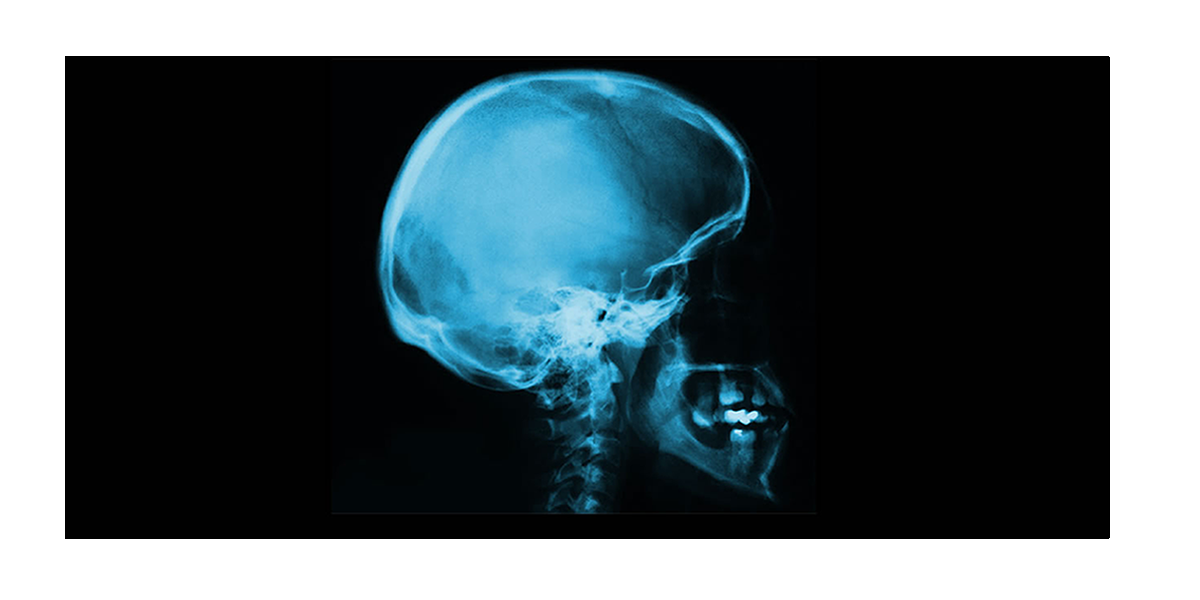|
Brain injuries in all-star spotlight
Globe and Mail
By Roy MacGregor
January 28, 2012
Make no mistake, the true star of NHL all-star weekend, like it or not, is the human brain.
As for the faces, the most familiar are missing: Pittsburgh Penguins centre Sidney Crosby because he received a hit to the brain, Washington Capitals winger Alexander Ovechkin because he delivered one.
Head shots, no matter how much the inner hockey world is tiring of hearing about them, have already defined the NHL in 2011 and continue to do so in 2012. At one point last fall, it was possible to put together a better team composed of players with concussions than either of the two teams that will take to the ice here in a non-contact exhibition on Sunday.
And though few seem to know this rather significant fact, there would be no such thing as an all-star game were it not for a severely rattled brain nearly eight decades back.
On Dec. 13, 1933, Toronto Maple Leafs forward Irvine (Ace) Bailey – like Crosby, previously a league scoring champion – was run from behind by Boston Bruins defenceman Eddie Shore, the force of the blow fracturing Bailey’s skull and instantly ending his hockey career.
So deliberate had been the attack, Boston police said Shore would be charged with manslaughter if Bailey died in hospital, but he recovered following the last rites and brain surgery. The league suspended Shore for 16 games, fully one-third of the then-season.
On Valentine’s Day, 1934, a benefit was held for Bailey and his family. The Maple Leafs versus the stars of the other teams raised $20,989.40 – and the NHL all-star concept was born, even if the league did not have its first official such exhibition until 1947.
Bailey was a forgiving man, shaking Shore’s hand at the benefit and saying, as it seems hockey players have forever: “It’s all part of the game.”
Well, perhaps it was, but no more. If brain injuries are indeed part of the game, at some point there will be no game.
This weekend in Ottawa, head shots and what to do about them will be part of every meeting, whether or not the participants admit to it.
Concussions have become the dominant topic since Crosby stopped playing more than a year ago, and then stopped again last fall after a brief return and seemingly little contact.
While what is now known about head injuries alarms everyone in the game, it is what is not known that terrifies them.
The Crosby injury, NHL-leading goal scorer Steven Stamkos of the Tampa Bay Lightning says, was “the thing that made it go over the top.” If a concussion could sideline, perhaps forever, a player as skilled as Crosby or as tough as Philadelphia Flyers defenceman Chris Pronger, then it has made all players realize they could be next.
Claude Giroux, a leading point-getter up until he was sidelined with a concussion, says it “is just the worst injury.” Seven of his Philadelphia teammates have been lost to the injury this year.
For the past three regular-season games, Giroux has worn a new helmet developed by Bauer Hockey Corp. with the help of McGill University research. It is designed to fit snugly, yet have some flex in receiving the sort of glancing, angular blow that first felled Crosby during the 2011 Winter Classic.
Stamkos, too, is trying out the helmet, has worn it in practice and will wear it Sunday in the all-star game. He likes the look, likes the feel.
Parents of hockey-playing children might not like the price – $219.99, facial protection extra, when it goes on market this spring – but if it is possible to have better protection for that lump of pink jelly that bounces around in the skull, it would be money well-spent.
“It’s not a concussion-proof helmet,” Bauer cautions, “because there is no such thing.”
True enough, even the best equipment and the strongest suspensions will never completely take the dangers of concussion out of a sport where speed and solid substance will always be a characteristic.
But a great deal can still be done to reduce the dangers to an acceptable level – the current reality rather obviously unacceptable.
Giroux, only 24 and just coming into his own, talked about how remarkably terrible he felt during the handful of games he missed because of concussion. Even coming back, even with this newer, improved helmet on his damaged head, he cannot help but be aware of how fragile a hockey player’s career can be.
“You don’t want to think about it,” he says, “but I do.”
And so should every other person who cares about a truly magnificent game.
© 2012 The Globe and Mail Inc. All Rights Reserved.
|

